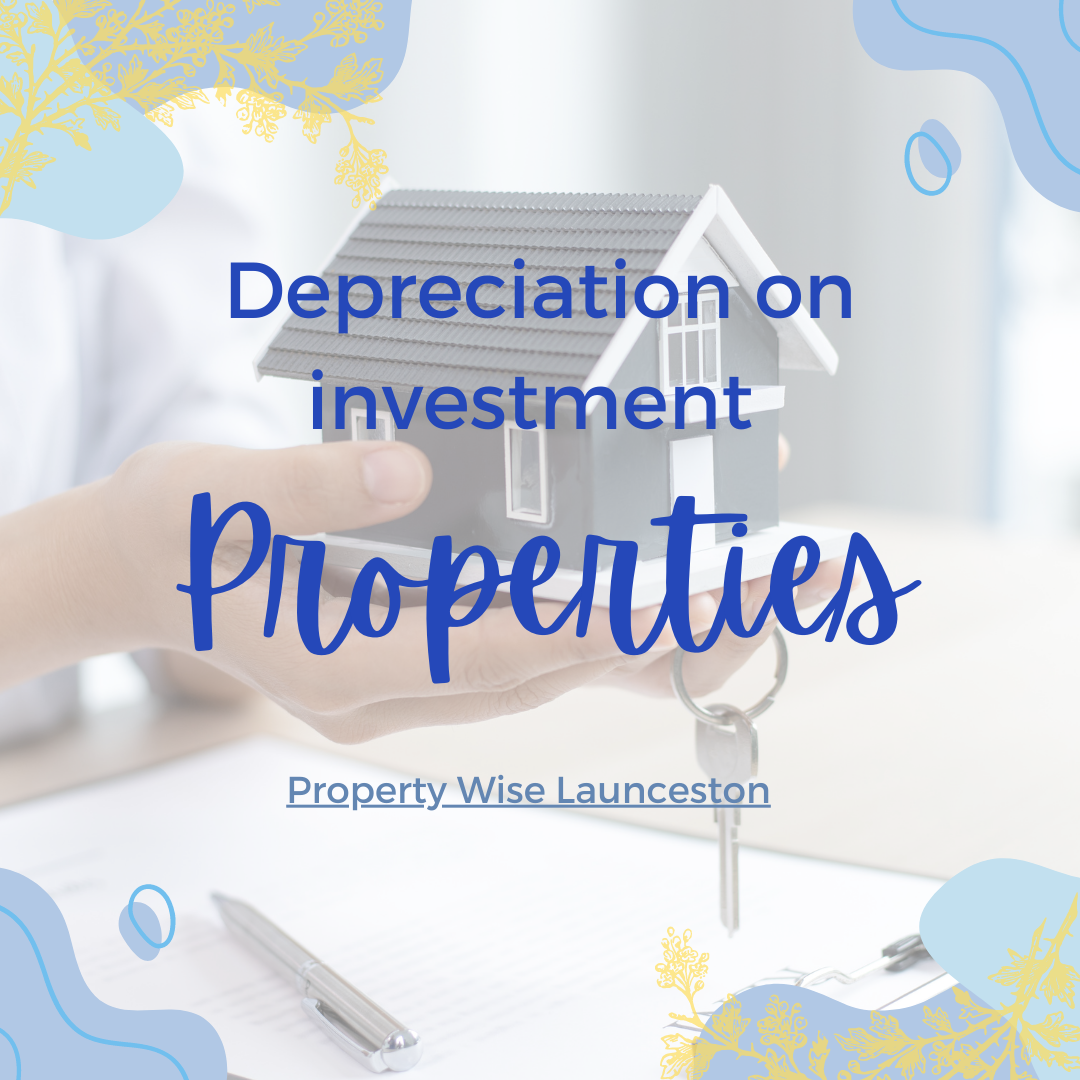Depreciation on investment properties
As an asset with significant value, your investment property is subject to a range of changes each year that depreciate its value. The better you understand these changes, the smarter you can be about claiming back some of your investment property’s depreciation in your annual tax returns. And as a result of legally maximising depreciation on your investment property, you can increase your return and lower your expenses. Keep reading to learn about depreciation on investment properties.
What is investment property depreciation?
Put simply, investment property depreciation is a tax deduction that accounts for the decline in the value of your investment property in your net tax return. There are two key areas where tax deductions can be claimed for deprecation:
- Building structure: the decline in value of the physical building and permanent fixtures.
- Plant and equipment assets: the decline in value of impermanent fixtures, such as ovens, dishwashers, air conditioning units, curtains, and carpets.
How do you claim depreciation on an investment property?
To maximise your tax deductions for depreciation, you should work with a quantity surveyor. They can prepare a tax depreciation schedule detailing all of your property’s depreciable assets and how much these will decline by each year. While there is an initial cost in preparing a tax depreciation schedule, the ability to maximise your deductions and lower your tax bill over the time you hold the property will likely more than cover this cost.
What can you claim as an investment property depreciation deduction?
The items and expenses that can be claimed fall into three general categories: new assets, substantial renovations, and second-hand depreciating assets. New assets are new fixtures that you may add to your investment property, such as air conditioning units, dishwashers, and carpets. Substantial renovations include the replacement of foundational and external walls, floors, roofing or staircases. Finally, for properties that settled before 10 May 2017, second-hand depreciating assets, such as kitchen appliances and lighting fixtures, can also be claimed. For assets that cost more than $300, the cost of the asset must be depreciated over time. And for assets that cost less than $300, an immediate, full deduction can be claimed.
Depreciation can have a significant impact on your net tax return. Ideally, you should set up a depreciation schedule as soon as your investment property settles. But if you haven’t, it can be backdated by up to two years. Once you have your depreciation schedule in place, make sure you keep it updated to take new fixtures and renovations into account. Remaining diligent with depreciation adds up over time, both increasing your total return and reducing your expenses. If you haven’t already set up a depreciation schedule, make sure you speak with your accountant and a quantity surveyor as soon as possible. If we can help connect you with an accountant and depreciator recommendation, please don’t hesitate to contact Sally on 0363311843 to talk further
Remember, this article is general in nature and is not financial or legal advice. Please consult your professional financial and legal advisors before making any decisions for yourself.

